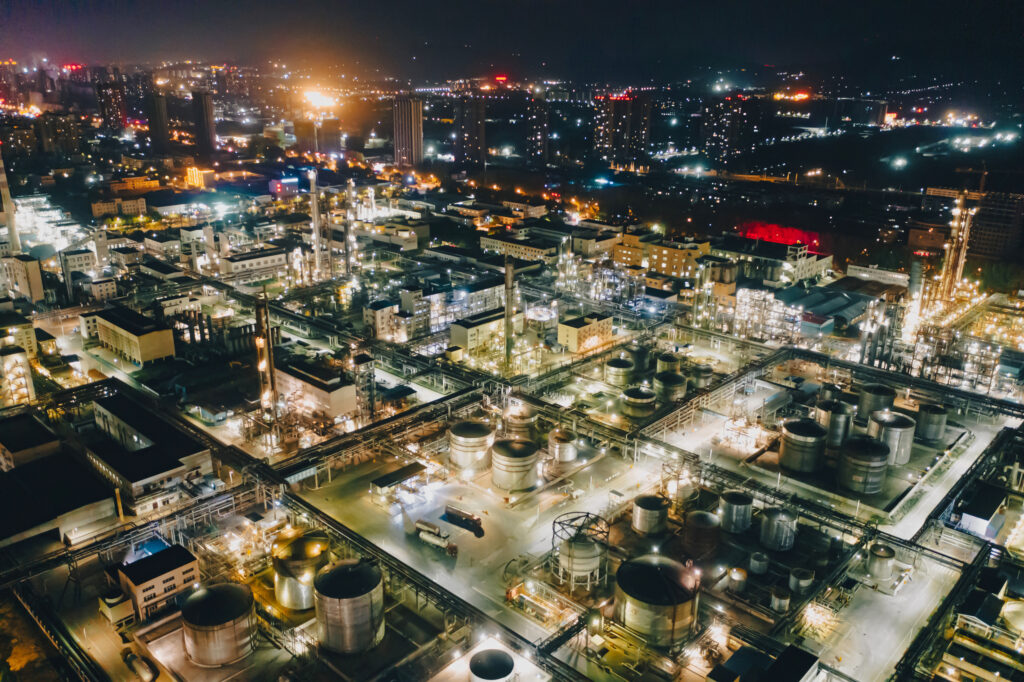U.S. negotiators secured a notable achievement at the United Nations’ climate summit in Azerbaijan amid concerns over an upcoming administration less supportive of climate initiatives. ClimeCo, a sustainability firm from Pennsylvania, announced agreements with four Chinese chemical companies at the COP29 event to significantly curb nitrous oxide emissions from their facilities.
Nitrous oxide (N2O), a potent climate pollutant, is 273 times more effective than carbon dioxide in warming the planet. Often labeled as the “forgotten greenhouse gas”, it is a major climate change driver and a leading cause of ozone layer depletion.
U.S. State Department officials had identified N2O emissions reductions from Chinese chemical plants as a crucial environmental target, highlighted during a White House climate summit.
A U.N. Environment Program report revealed that cutting human-caused N2O emissions by 40% by mid-century could equal eliminating six years of fossil fuel emissions and prevent 20 million premature deaths by improving air quality.
While agriculture remains the largest N2O source, emissions from chemical plants are more easily reduced. ClimeCo estimates the annual reduction from these plants will equal 45 million metric tons of carbon dioxide, akin to removing 11 million gas cars from roads.
ClimeCo CEO William Flederbach described the initiative as a “pinch-me moment.” The chemical plants, situated in eastern and southern China, produce adipic acid, used in nylon manufacturing, where N2O is an unwanted byproduct.
Adipic acid plants in other regions voluntarily installed N2O controls in the 1990s. China joined later, incentivized by a U.N. program, but ceased efforts when funding ended in the 2010s, as reported in an investigation by Inside Climate News.
Rick Duke, the U.S. deputy special envoy for climate, emphasized the potential for large-scale, low-cost N2O emission cuts from Chinese chemical plants. Duke cited the possibility of removing 200 million tons of carbon dioxide equivalent emissions annually by 2030.
ClimeCo is collaborating with Chinese plants to install systems that convert N2O into nitrogen and oxygen gas. These measures are projected to destroy 97-98% of emissions and are accompanied by real-time monitoring.
Climate advocates, however, question the reliance on carbon offsets and credits, with studies suggesting actual emission reductions fall short of claims. Lambert Schneider, from Germany’s Oeko-Institut, notes integrity issues but sees potential in the ClimeCo projects to overachieve in reductions.
In addition to ClimeCo, Invista, a U.S. nylon firm, is also aiding Chinese adipic acid producers in cutting N2O emissions. The combined efforts of ClimeCo and Invista aim to eliminate 75 million tons of carbon dioxide equivalent from Chinese plants, contributing significantly to global reduction targets.
U.S. climate envoy John Podesta emphasized the importance of international cooperation in tackling non-CO2 greenhouse gases. Meanwhile, Avipsa Mahapatra from the Environmental Investigation Agency expressed disappointment in the lack of decisive U.S. and Chinese action.
The U.S. aims to achieve over a 50% reduction in industrial N2O emissions from 2020 levels by 2025. The next focus includes setting emission reduction targets for all greenhouse gases under the Paris Agreement.
China’s climate envoy Liu Zhenmin acknowledged challenges in emission reduction technologies and monitoring capabilities, while Li Shuo from the Asia Society urged Chinese regulators to enhance their efforts.
Original Story at insideclimatenews.org
